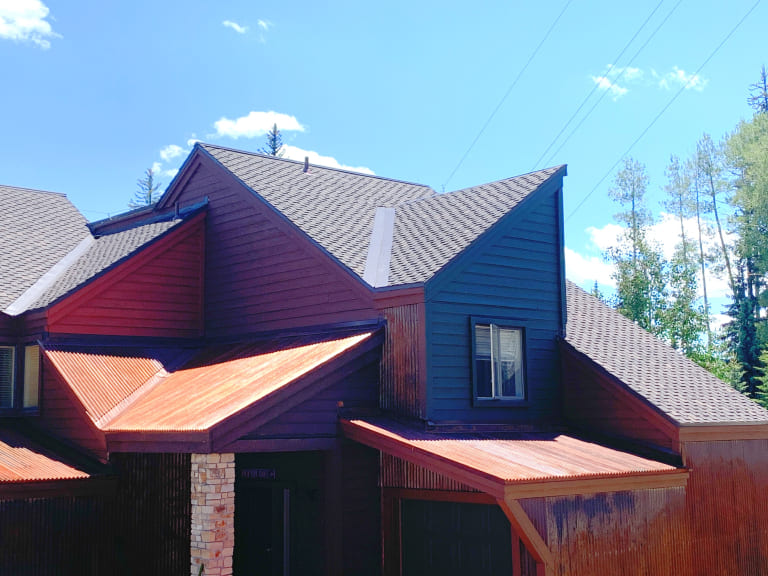How Can AMCAT Roofing Help?
At AMCAT Roofing, we understand the challenges posed by snow and ice dams during the wAt AMCAT Roofing, we recognize the winter obstacles brought by snow and ice dams. This is why we offer customized solutions to tackle these difficulties and protect your home.
Here’s how we can assist you:
Proper Insulation: We assess your attic insulation to ensure it meets recommended standards. Adequate insulation is vital for stabilizing temperatures within your attic, preventing snow from melting and refreezing along your roof’s edge, thereby averting the formation of ice dams.
Ventilation Enhancement: We improve attic ventilation to regulate temperature and humidity levels. Balanced ventilation helps prevent warm air from accumulating in the attic, reducing the likelihood of snowmelt and ice dam formation.
Ice and water shield installation involves the placement of protective membranes along susceptible sections of your roof, such as eaves, valleys, and around chimneys, safeguarding against potential water infiltration. These protective membranes provide an additional barrier against water infiltration, helping to prevent damage caused by ice dams.
Roof Heat Cable Installation: In regions susceptible to ice dams, we have the capability to install roof heat cables. These cables generate heat to melt snow and ice along the roof’s edge, preventing ice dams from forming and minimizing the risk of water damage to your home.
When Do I Need an Ice Dam Repair?
You may need a Durango ice dam repair when you notice the following signs: Icicles forming along the edge of the roof:
Icicles are a common sign of ice dam formation. These indicators suggest that snow on the roof is thawing and freezing again at the edge, forming a barrier that impedes proper water drainage.
Water stains or leaks inside the home: If you notice water stains or leaks on your ceiling or walls, especially during or after snowmelt, it could be a sign that water is seeping through gaps in the roof caused by ice dams.
Persistent accumulation of snow and ice on the roof: If snow and ice accumulate on your roof for an extended period without melting or sliding off, it may indicate inadequate insulation or ventilation, leading to ice dam formation.
Structural damage to the roof or gutters: Sagging or bending in the roof or gutters can result from the weight of ice dams and snow accumulation. This deterioration undermines the roof’s strength and may result in leaks and additional structural concerns if not resolved promptly.
Escalated utility costs: Ice dams have the potential to trap warmth in the attic, forcing your heating unit to operate more vigorously to sustain indoor temperatures. Should you observe a substantial rise in your energy expenses throughout winter, it might indicate ice dam-related complications necessitating attention.





